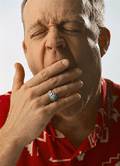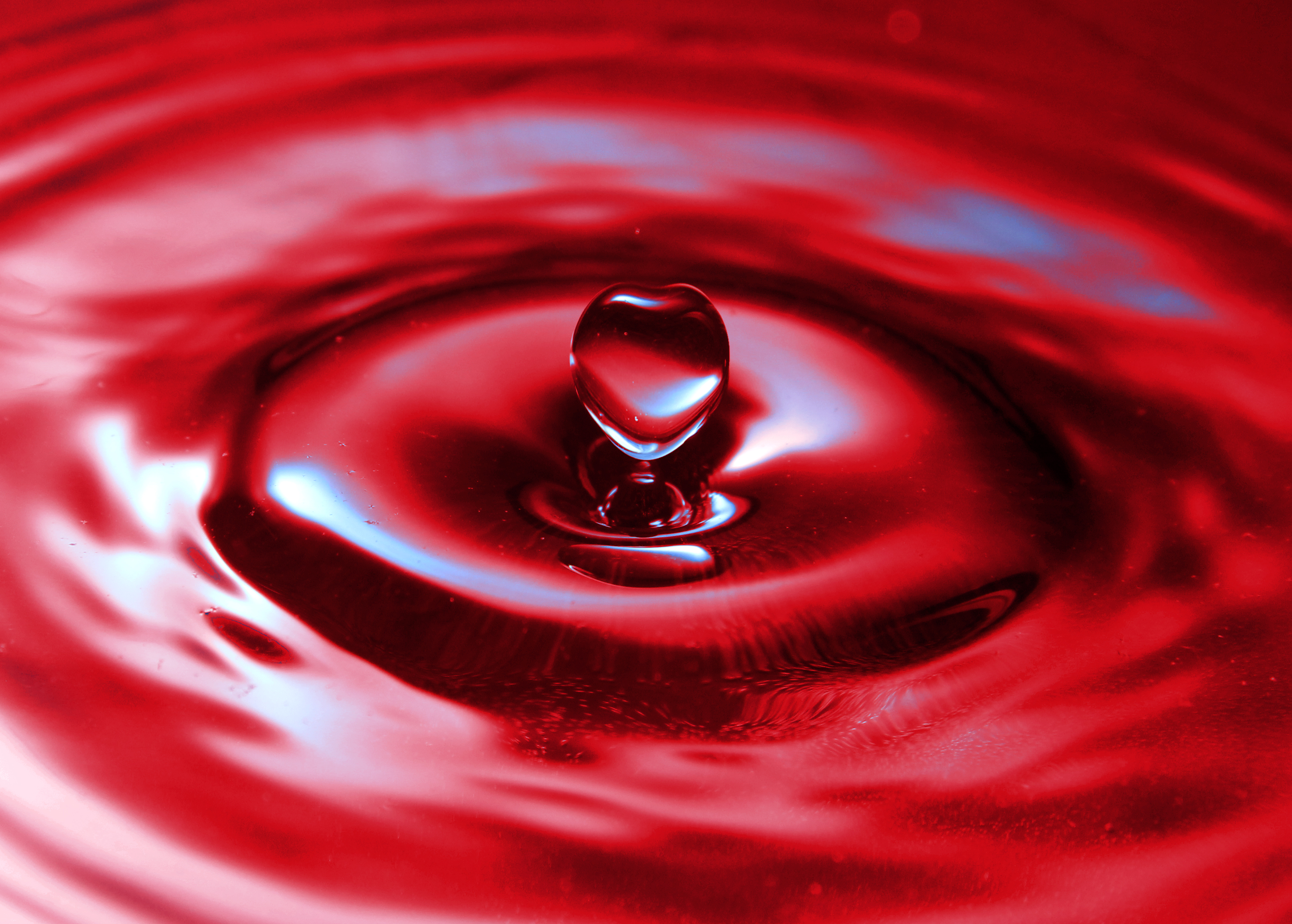
MONDAY, Aug. 8 (HealthDay News) — The most effective treatment for the nighttime breathing disorder known as obstructive sleep apnea is the continuous positive airway pressure (CPAP) machine, according to a new report.
A CPAP machine pumps air through a mask while the patient sleeps. This treatment is highly effective in improving sleep and reducing symptoms of obstructive sleep apnea, according to the review of available evidence.
However, side effects such as dry nose and mouth, nosebleeds, chest discomfort and feeling trapped can cause patients to abandon CPAP treatment, noted the authors of the report, which was funded by the U.S. Agency for Healthcare Research and Quality (AHRQ).
One expert called the report’s findings “valuable.”
“CPAP is known to be the most effective way to treat sleep apnea, but compliance is a big issue,” said Dr. Linda Dahl, an Ear, Nose & Throat specialist at Lenox Hill Hospital in New York City. “It can be uncomfortable and difficult to use. Also, younger patients do not want the stigma of using it. Oral appliances are very helpful for certain types of sleep apnea, but they can be costly and are usually not covered by insurance.”
Dahl, who was not involved in the new report, added that “there are also surgical treatments available. They are often not curative, but they do play a role in sleep apnea treatment. For example, if a patient has nasal obstruction and cannot tolerate CPAP, nasal surgery can open the nose so they can tolerate the CPAP mask.
The report also found that one other treatment — a mouthpiece called a mandibular advancement device — can be highly effective for sleep apnea patients. The device moves the jaw forward and keeps the airway open.
This treatment is often used if patients can’t tolerate the CPAP machine, but potential side effects of the mandibular advancement device include loose or damaged teeth, the report noted.
While weight loss and surgery to clear airway blockage may also effectively treat sleep apnea, the evidence behind these treatments isn’t as strong, according to the team from the Tufts Medical Center Evidence-Based Practice Center, which prepared the report.
“The bottom line is that every patient is an individual,” Dahl said. “So it is important to know all of the possible treatment options when deciding what will work best. Unfortunately, sleep apnea is mutifactorial, so there is no magic treatment.”
The new report, along with companion guides for consumers and medical professionals that summarize the latest evidence for treating obstructive sleep apnea, are available on the AHRQ website.
About 12 million Americans are known to have obstructive sleep apnea, and it’s likely that millions more are undiagnosed, according to the AHRQ. The condition, caused by the repeated collapse and blockage of the upper airway during sleep, stops breathing many times through the night.
Obstructive sleep apnea can lead to high blood pressure, heart disease, diabetes and increased risk of accidents because of daytime fatigue.
“Obstructive sleep apnea is a frustrating and debilitating condition for so many Americans, and millions of people don’t even know they have it. The resultant poor sleep and daytime sleepiness can lead to work-related or driving accidents,” AHRQ director Dr. Carolyn M. Clancy said in an agency news release. “These guides and this new report will help patients and their doctors understand what treatment options might be best for them.”
More information
The U.S. National Heart, Lung, and Blood Institute has more about sleep apnea treatments.

